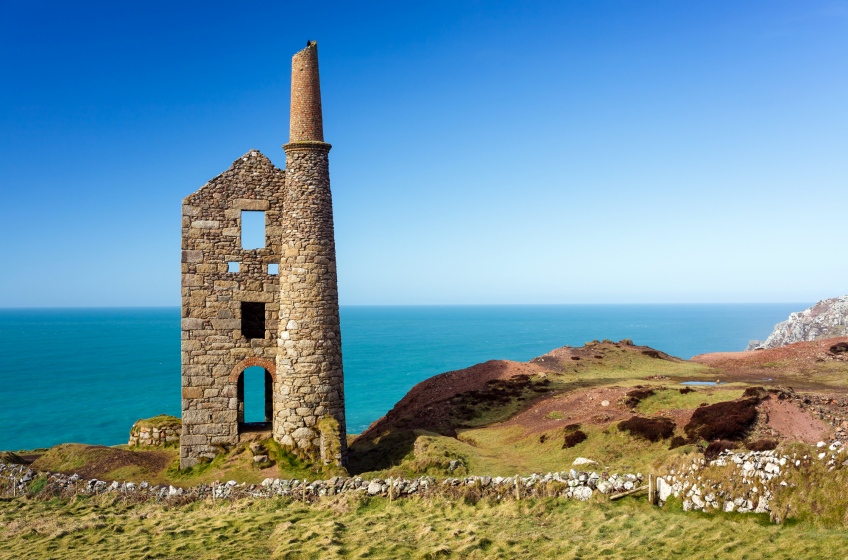Cornwall's Mining Heritage
explore Cornwall's industrial mining heritage and its impact on the landscape that you see today
Cornwall, a county at the southwest tip of England, is known for its rugged coastlines, picturesque harbors, and quaint seaside towns. However, beneath this tranquil beauty lies a rich and gritty industrial past steeped in mining heritage, a testament to the human endeavor that once thrived beneath the Cornish soil.
The story of Cornwall's mining history begins in the early Bronze Age, around 2150 BC, when the local people first began to mine for tin. The county's rich deposits of tin and copper, along with its strategic coastal location, made it a hub for trade and industry. As the centuries passed, Cornwall's mineral wealth became renowned across Europe, leading to a flourishing mining industry during the Industrial Revolution.
At the peak of its industrial prowess in the 19th century, Cornwall was the world's leading producer of tin and copper. The county was dotted with mines, their engine houses and chimney stacks becoming a defining feature of the Cornish landscape. Thousands of people toiled underground in harsh conditions, drilling, blasting, and hauling ore to the surface. The sound of the steam engines, the thud of the stamps crushing the ore, and the sight of the miners, covered in grime, were all part of everyday life in mining communities.
The miners, known as 'Cousin Jacks', were admired for their hardiness and skill. Their expertise was sought after worldwide, leading to Cornish mining migration to places like North America, Australia, and South Africa. This diaspora spread Cornish culture and traditions across the globe, leaving an indelible impact on the regions where they settled.
Mining also brought about significant technological advancements. Richard Trevithick, a son of the Cornish soil, revolutionized the mining industry with his high-pressure steam engine, a cornerstone in the development of the Industrial Revolution. The steam engines not only pumped water out of the deep Cornish mines but also powered the stamps that crushed the ore, making the process more efficient and profitable.
Despite its successes, the industry wasn't immune to economic forces. Cheaper overseas competition and the depleting ore bodies led to a steady decline in the late 19th and early 20th centuries. The last tin mine, South Crofty, closed its doors in 1998, marking the end of an era.
Today, the remnants of this industry are preserved as part of the Cornwall and West Devon Mining Landscape, a UNESCO World Heritage site. The iconic engine houses, now silent and empty, stand as proud monuments to the county's mining past. Visitors can explore the ruins, walk along the old tramways, and venture into underground tours at mines like Geevor and Poldark. The King Edward Mine Museum and the Cornish Mining World Heritage Site Discovery Centre offer fascinating insights into the industry's history and its impact on the region.
The tale of Cornwall's mining heritage is one of innovation, resilience, and camaraderie in the face of adversity. It's a testament to the 'Cousin Jacks' who delved deep into the earth to extract its riches, shaping not only the Cornish landscape but also leaving their mark on mining regions around the world. As you explore Cornwall, remember to look beyond its natural beauty and delve into its industrial past, for it is there that you'll find the true spirit of this remarkable county.

